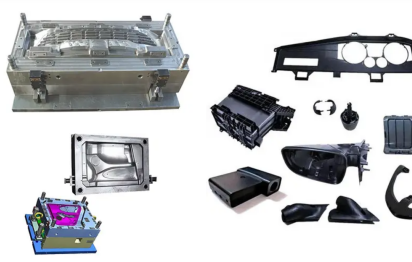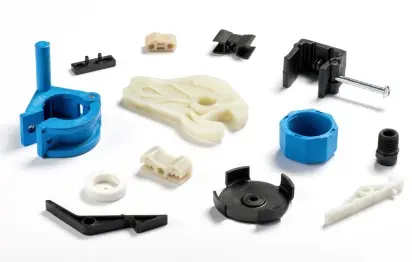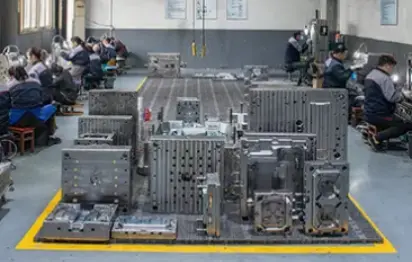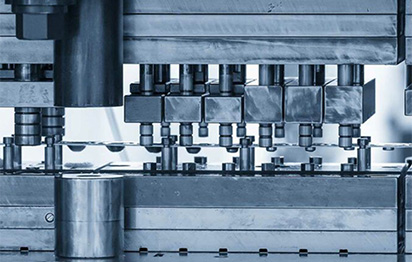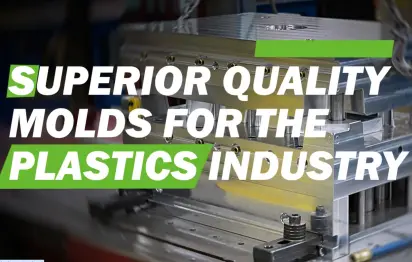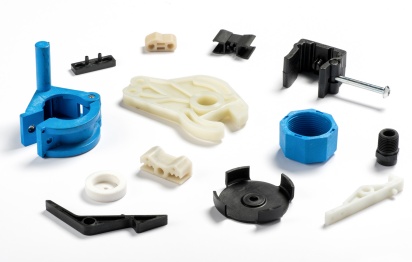How to Maximize Injection Molding Efficiency?
Injection Molding is a crucial process in the manufacturing industry and playing a pivotal role in producing a wide range of products across various sectors.Fromautomotive components to consumer goods, the efficiency of injection molding directly affects production costs, product quality, and overall competitiveness. In this blog, we will explore the key strategies and best practices to maximize injection molding efficiency, including process optimization, equipment utilization, technology integration, maintenance practices, and workforce development.
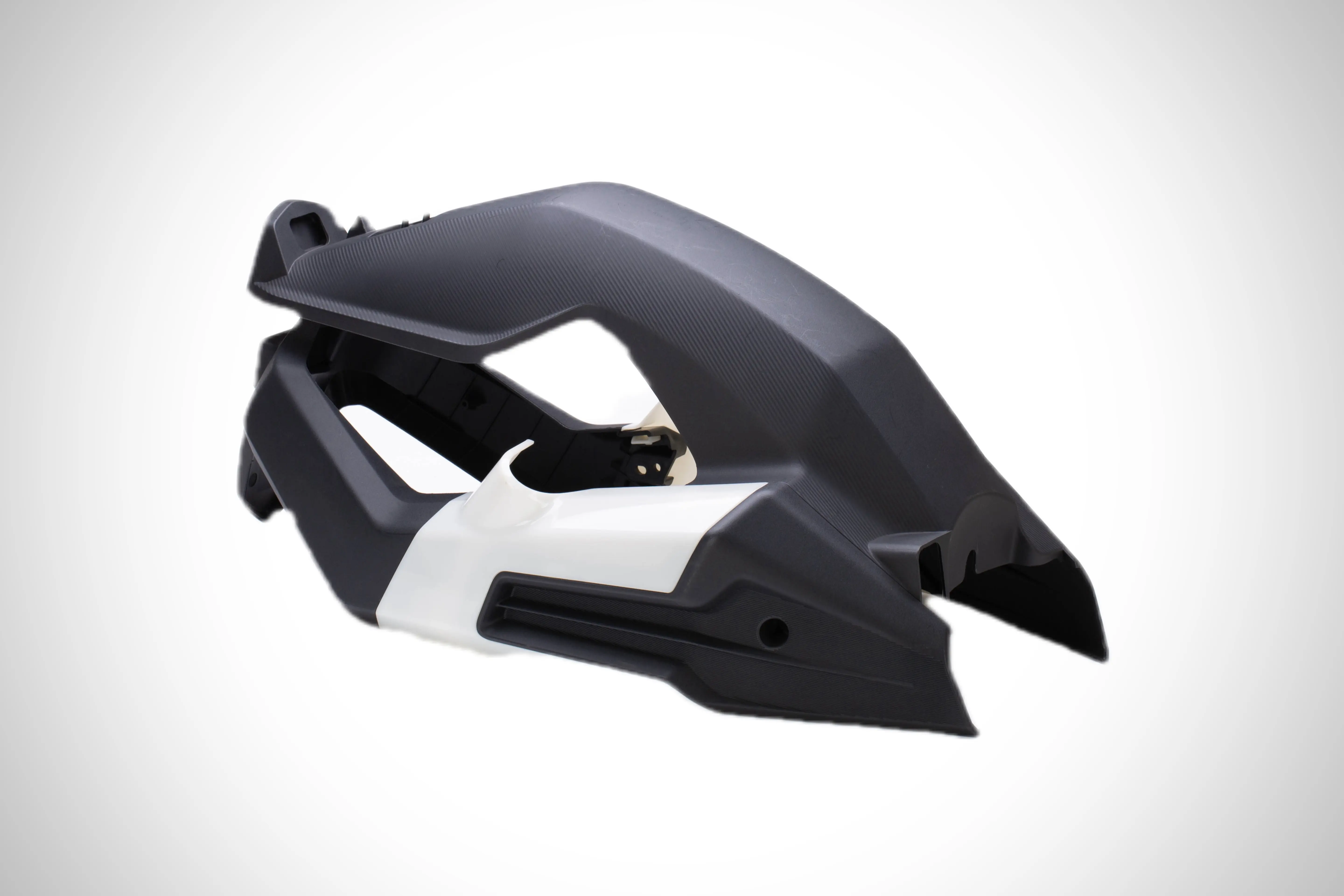
Process and Workflow Optimization
To achieve maximum efficiency in injection molding, it is essential to analyze and optimize processes and workflows. Identifying bottlenecks, redundancies, and waste in operations is the first step towards streamlining the production process. By applying lean manufacturing principles, non-value-added activities can be eliminated, material flow can be optimized, and cycle times can be reduced. This approach not only improves efficiency but also contributes to cost savings and improved productivity.
Optimizing Equipment Utilization
Efficient utilization of equipment is critical for maximizing injection molding efficiency. By analyzing equipment utilization and identifying opportunities for improvement, manufacturers can enhance efficiency. This includes optimizing production schedules to maximize equipment uptime, reducing changeover time, and implementing preventive maintenance programs to minimize unplanned downtime.
Investing in Advanced Technology
The integration of advanced technology, such as automation, robotics, and computer-aided design/manufacturing (CAD/CAM) systems, can significantly optimize injection molding processes. Automation and robotics reduce human intervention, increase precision, and streamline material handling. Additionally, CAD/CAM systems enable efficient design and manufacturing, contributing to improved overall efficiency. By investing in advanced technology, manufacturers can improve productivity and quality while reducing operational costs.
Establishing a Complete Equipment Maintenance System
Regular maintenance and overhaul of equipment are essential to minimize downtime due to equipment failure. By implementing a comprehensive equipment maintenance system, manufacturers can ensure the reliability and longevity of their machinery. This includes recording machine adjustment parameters and results, providing valuable references for future adjustments, and ultimately reducing the time and frequency of machine adjustments.
Improving the Technical Level of Machine Adjustment Personnel
Enhancing the technical expertise of machine adjustment personnel is crucial for optimizing injection molding efficiency. Through focused training and research, personnel can master new technologies and processes, leading to improved efficiency and product quality. By empowering employees with the necessary skills and knowledge, manufacturers can drive continuous improvement in their injection molding operations.
Strengthening Automation and Intelligence of Equipment
The automation and intelligence of equipment play a crucial role in reducing manual intervention and adjustment time. By improving the automatic adjustment capabilities of machinery, manufacturers can streamline production processes and enhance overall efficiency.
Optimizing Production Processes
Further optimization of production processes is essential for maximizing injection molding efficiency. This includes refining product design, reducing processing and assembly procedures, developing rational production plans, and optimizing material allocation and warehouse management. By streamlining production processes, manufacturers can achieve greater efficiency and cost-effectiveness.
Training and Motivating Employees
Employee training and skills improvement are integral to enhancing injection molding efficiency. Establishing employee incentive mechanisms and fostering a culture of continuous improvement can motivate employees to actively contribute to improving work efficiency and product quality.
Selecting Suppliers and Managing the Supply Chain
Selecting reliable suppliers of raw materials is crucial for ensuring uninterrupted production. By establishing strong supplier relationships and efficient supply chain management, manufacturers can mitigate disruptions and optimize production efficiency.
Automation Technology Application
The application of automation technology in injection molding machinery engineering is paramount for controlling parameters, temperature, and pressure to ensure the reliability and effectiveness of the entire injection molding process. By leveraging automation technology, manufacturers can achieve greater precision, consistency, and efficiency in their injection molding operations.
In conclusion, maximizing injection molding efficiency requires a comprehensive approach that encompasses process optimization, equipment utilization, technology integration, maintenance practices, and workforce development. By implementing the strategies and best practices outlined in this blog, manufacturers can significantly improve efficiency, reduce costs, and enhance product quality. Through continuous improvement and investment in advanced technology, the injection molding industry can achieve new levels of productivity and competitiveness.







